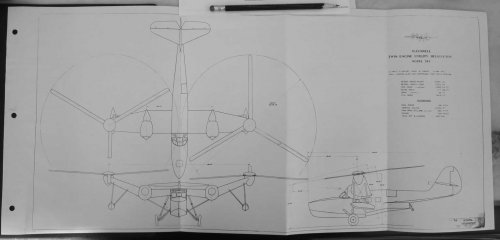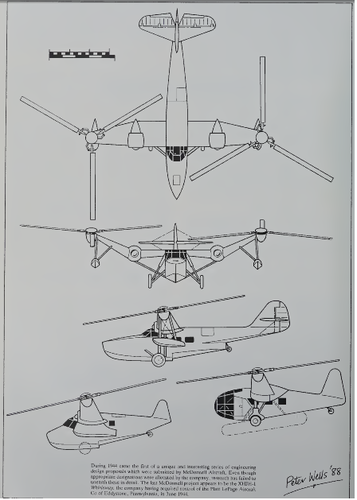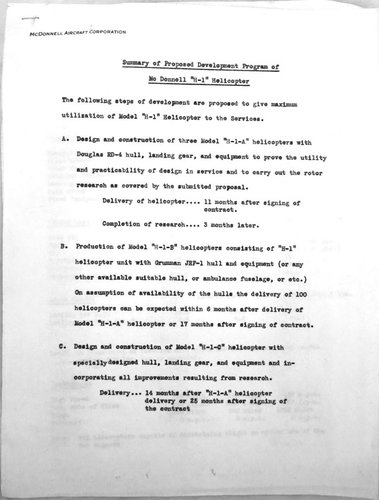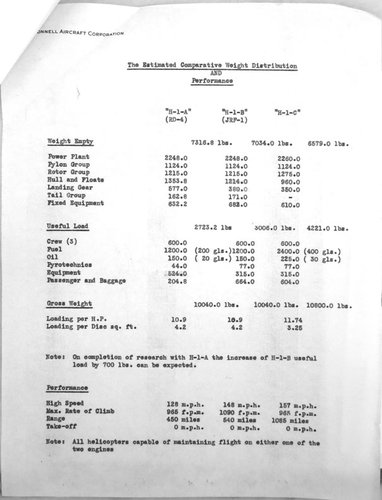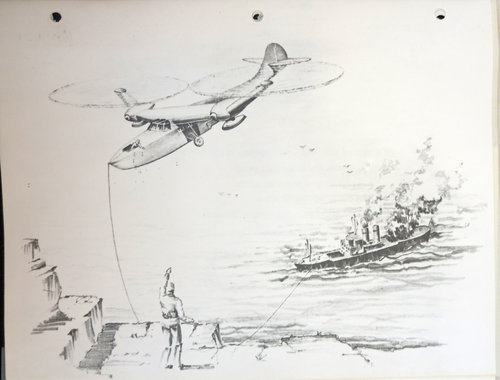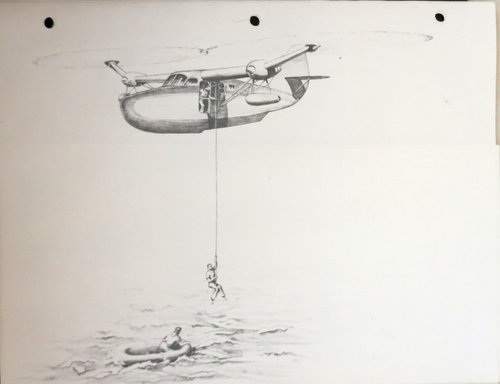Jos Heyman
ACCESS: Top Secret
- Joined
- 15 February 2007
- Messages
- 597
- Reaction score
- 79
In going through Fred Knight's 'The Grumman Amphibians' (2014) (excellent work, by the way) I ran into a reference to a McDonnell H-1B, being a JRF-2 Goose mated with twin rotors.
A search through my library revealed in Arthur Pearcy's 'A History of USCG Aviation' (1989) further details as follows.
In 1944 McDonnell Aviation acquired Platt le Page, the developers of the twin rotor XR-1 for the USAAF.
McDonnell then studied (possibly for the US Coast Guard) the use of the twin rotor concept in combination with a Douglas R4D hull as H-1A, a Grumman JRF-2 Goose hull as H-1B and an entirely new hull as H-1C. All this work seems to have been done in 1944 (may be part of 1945) and none of these were built but it is suggested that the next design identified as H-1D, implied with a new hull as well, evolved into the McDonnell XHJD-1. Interestingly the XHJD-1 was also identified as McDonnell 37 and Platt Le Page PL-9. The latter identification might indicate that some work was done in the Platt Le Page time.
These H-1 designations are, of course, purely McDonnell internal and have no connection to a military designations. (If the XR-1 would have been put in production, a chance in designation to H-1 would not have occurred until 11 June 1948, by which time the McDonnell H-1 studies had been well abandoned).
Enlcosed picture is from Pearcy's book.
A search through my library revealed in Arthur Pearcy's 'A History of USCG Aviation' (1989) further details as follows.
In 1944 McDonnell Aviation acquired Platt le Page, the developers of the twin rotor XR-1 for the USAAF.
McDonnell then studied (possibly for the US Coast Guard) the use of the twin rotor concept in combination with a Douglas R4D hull as H-1A, a Grumman JRF-2 Goose hull as H-1B and an entirely new hull as H-1C. All this work seems to have been done in 1944 (may be part of 1945) and none of these were built but it is suggested that the next design identified as H-1D, implied with a new hull as well, evolved into the McDonnell XHJD-1. Interestingly the XHJD-1 was also identified as McDonnell 37 and Platt Le Page PL-9. The latter identification might indicate that some work was done in the Platt Le Page time.
These H-1 designations are, of course, purely McDonnell internal and have no connection to a military designations. (If the XR-1 would have been put in production, a chance in designation to H-1 would not have occurred until 11 June 1948, by which time the McDonnell H-1 studies had been well abandoned).
Enlcosed picture is from Pearcy's book.


